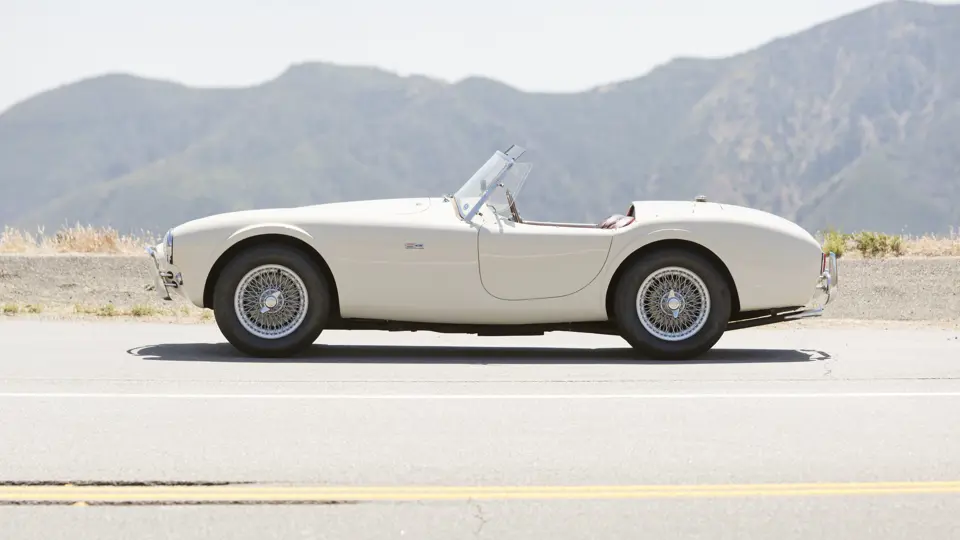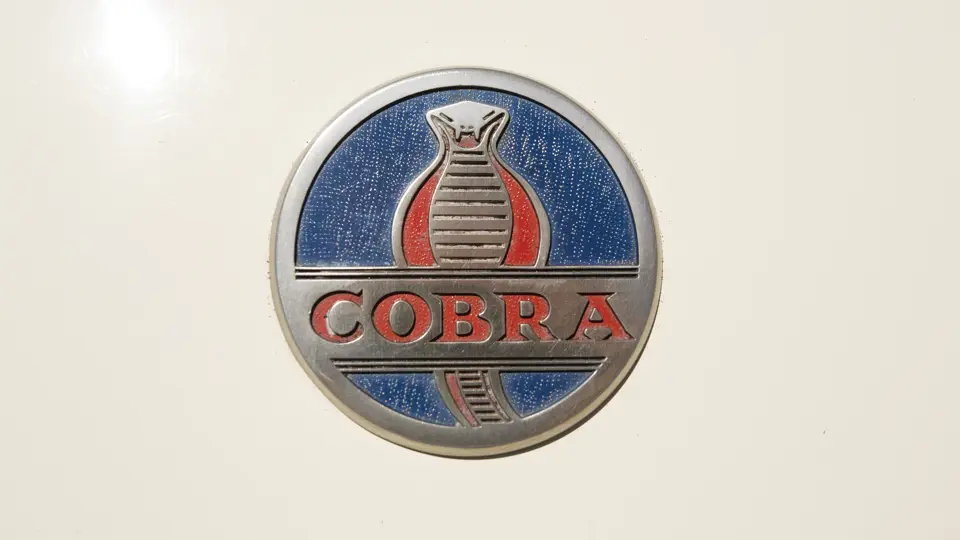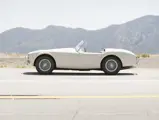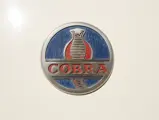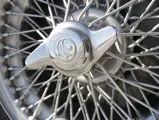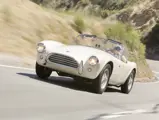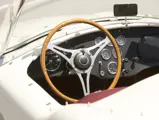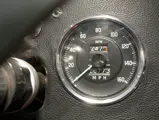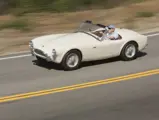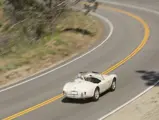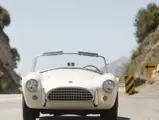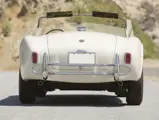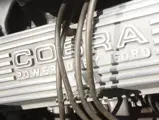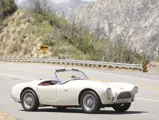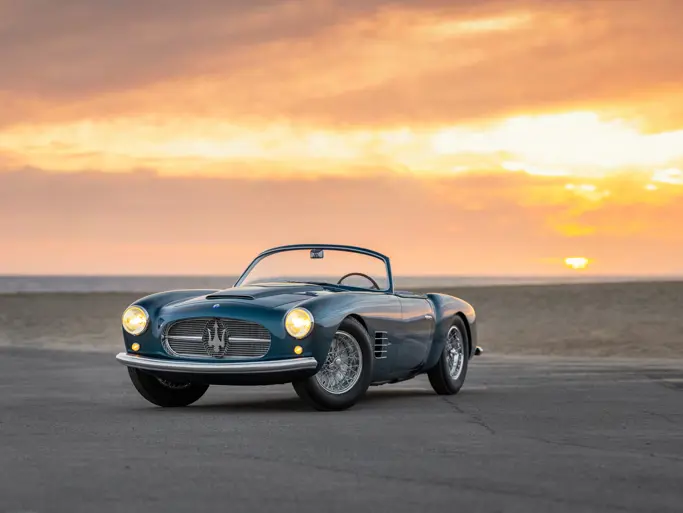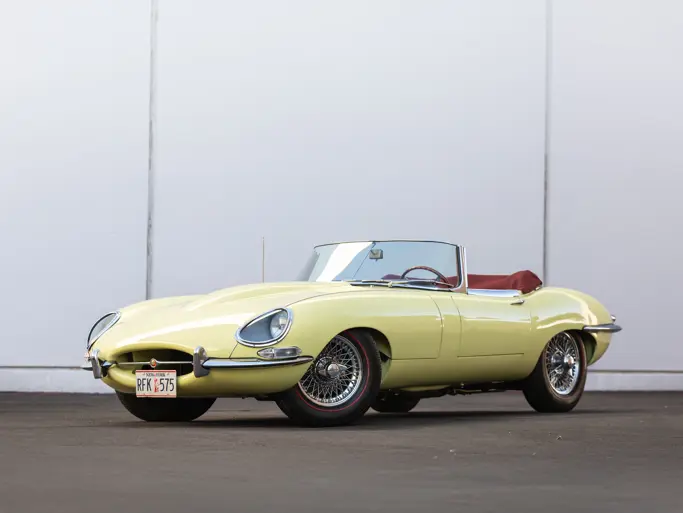
1963 Shelby 289 Cobra
{{lr.item.text}}
$924,000 USD | Sold
{{bidding.lot.reserveStatusFormatted}}
- Offered from the private collection of noted Cobra expert Lynn Park
- First Cobra to receive a 289 engine
- Two fastidious owners from new; less than 27,000 documented miles
- Extensive original documentation, including letters from Pete Brock and Carroll Shelby
- Complete preservation of original features
271 bhp, 288.5 cu. in. OHV V-8 engine with four-barrel carburetor, four-speed T-10 manual transmission, four-wheel independent suspension with upper transverse leaf springs and lower A-arms, and four-wheel Girling hydraulic disc brakes. Wheelbase: 90 in.
Who did you have to be to want a Shelby Cobra in 1963? In the late fall of 1962 and winter of ’63, they were getting some attention, but until Shelby and company showed up in force at the 12 Hours of Sebring in March, Cobras were mostly known on West Coast tracks. Outside of Sports Car Graphic and Hot Rod, Cobras weren’t a household name until early summer. So, if you were writing to Carroll Shelby Enterprises in Venice, in March of 1963, you were probably a sports car nut and a Californian. And, indeed, Dr. Harrison “Hap” Horn was from Palo Alto, but where you might expect he was a road racer, he was actually a pioneering computer scientist at Stanford.
As befits a scientist, Mr. Horn had already done his research, and the letter he wrote to Shelby on March 17 was brief and to the point. He said only, “Please send me complete technical description and specifications, prices, and availability of your AC-Ford car, and its options and accessories.”
That’s exactly what he received two weeks later personally from Carroll Shelby, and Mr. Horn liked what he read. He wrote back with two pages of questions and comments, some quite general (“You list your sway bar as an option...”) and some pointedly specific (“It’s my opinion that an alternator with an all-transistor regulator (such as the Motorola A55N12) is the only way to go”). But most crucial was the very first of his dozens of questions, “Are you still using the 260 engine, or has it been replaced with the cored and bored 289 item?”
The answer was that, up to that point, Shelby had been using the 260, and they were still building cars ordered with it. With chassis CSX-2044, Mr. Horn’s car should have been another one. But his unique specifications meant that while Shelby sold him a chassis in the 260 series, by the time they were ready to install an engine, they were ready to start production with the 289 that would come to define the Cobra.
That correspondence begins a file of records that the consignor, an owner of approximately 50 Cobras, has never seen equaled. Literally every piece of paper associated with the car has been retained, and individually, many of them are utterly mundane: old registrations, receipts for nuts and bolts, records of insurance payments. But taken together, this two-inch-thick file presents an irreplaceable record, as well as answering any conceivable question about the car. There is no bodywork to explain and no blown engines. There are also some true gems among the day-to-day items.
Whenever this car is mentioned in print, as in the chapter on the consignor in the book The Cobra in the Barn, there’s a quote from Shelby American’s Pete Brock, updating Mr. Horn on the progress. Brock’s handwritten letter is undated, but it was probably from the beginning of May 1963, because he describes a nearly completed car and Mr. Horn took delivery on May 21. “Everything just about complete, except for roll bar and impact reels,” Brock writes. He compliments Mr. Horn on his choice of white enamel and tells him the serial and engine number. Brock also suggests chroming the roll bar, “as painting it just won’t (we feel) look right.” Mr. Horn agrees, and it proudly displays that original application of chrome to this day.
The custom “roll-over bar” ($200) is one of the options that help distinguish this car, and it raised the $5,995 base price to $6,944.55, before tax and fees. After the roll bar, a set of five Goodyear 6.70x15 T4 tires was the most expensive accessory; although, taken all together, his seat belts with shoulder harnesses and impact reels were $287.70 to install. Reflecting his later interest in safety, he also specified left and right convex mirrors and an interior anti-dazzle mirror. An additional side pipe was a no cost option, and he ordered a rear bumper and front grille guard to protect the ends. His driving comfort was aided by sun visors, wind wings, and a heater. The exterior brightwork continued under the hood with a chromed air cleaner and aluminum rocker covers.
Mr. Horn does not appear to have raced, and he only ever used the car for pleasure around his Palo Alto home. He did drive extensively, because it accumulated around 23,000 miles over the next six years; one would imagine that there’s more than one Silicon Valley pioneer who recalls Professor Horn and his white sports car on the Stanford campus. Mr. Horn also did extensive research on performance modifications, but it appears to have been a strictly scientific, theoretical endeavor, because, while he corresponded with Ford performance specialist Ak Miller, he never ended up modifying the engine. His only changes from factory stock were larger tail lamps from a contemporary Ford pickup and reflective red tape on the rear end. This obviously worked, as the car never suffered any significant body damage.
In 1969, Mr. Horn knocked a muffler loose on the lip of his garage while putting it away, and there he parked his Cobra, intending to get around to a repair. He soon became busy with other projects; as he went on to develop the original Macintosh with Steve Jobs (his name and signature is actually molded into the case of the first Mac, two places above Jobs’). As he never got around to fixing the exhaust, it ended up sitting for the next 32 years in naturally climate-controlled storage. It didn’t move again until he sold it to the consignor in 2001. Even then, it wasn’t advertised publicly, much as he’d done when he bought it. Mr. Horn spent a couple of years researching prices before he notified a select group of collectors that the car was available. The consignor was only allowed to purchase it after proving to Mr. Horn that he was the right man for the car.
Since returning to the road, it has had a single correct repaint in the original color, and it is currently equipped with an upgraded carburetor, with the factory original also included in the sale. Other than that, and new tires, nothing has changed. Meticulous maintenance by only two owners means every original part is present and functional. The tool kit includes the factory grease gun and jack, the delicate wood steering wheel is unwarped, and the interior upholstery is beautifully patinated with very fine original carpet. The correct and irreplaceable wing nut that holds the fifth original wire wheel is present, as is the fragile original windshield. The self-cancelling indicators function correctly, and the original top with original bows, tonneau cover, and side curtains are present. Other Cobras may have some of these items, but this may be the only one to have them all in original, fully functioning condition.
An RM specialist who recently enjoyed CSX-2044 recounts that it “is very tight and benefits greatly from its originality. The suspension, gearbox, motor, and steering are well settled in, a result of the car never having been apart. The worm and sector steering is smooth and nimble, thanks to the original wheel configuration, low-mileage, and narrow modern tires. The car is prepared to be driven and handles extremely well along the Angeles Crest.”
Every Cobra is, in a way, a reflection of the person who ordered it. In most cars, that originality has either been lost through successive restorations, or, if the car is original, it’s in such degraded condition that it’s not drivable. Hap Horn’s CSX-2044, however, can be taken out for a blast into the hills on a cool Saturday evening just as it was 50 years ago, while still serving as a benchmark reference car. There is no other 289 Cobra like it.
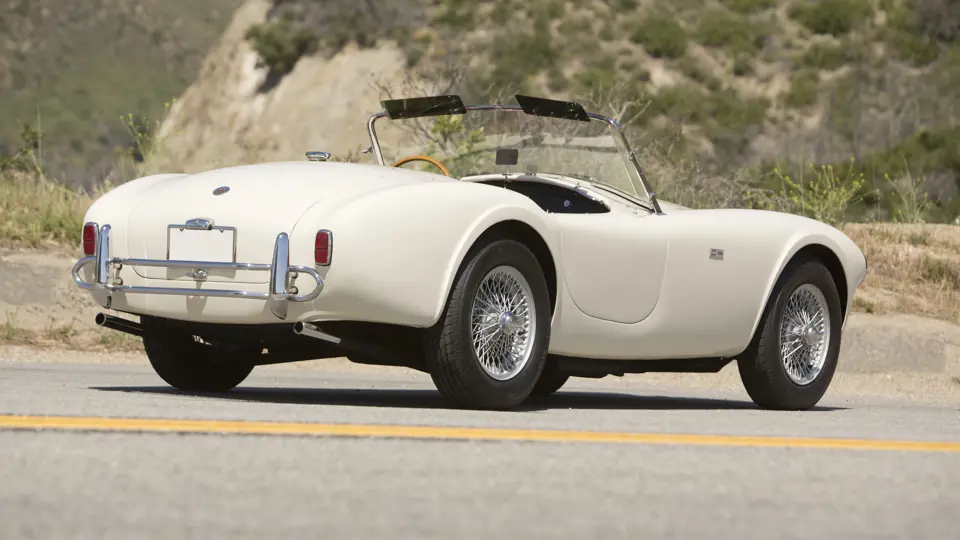



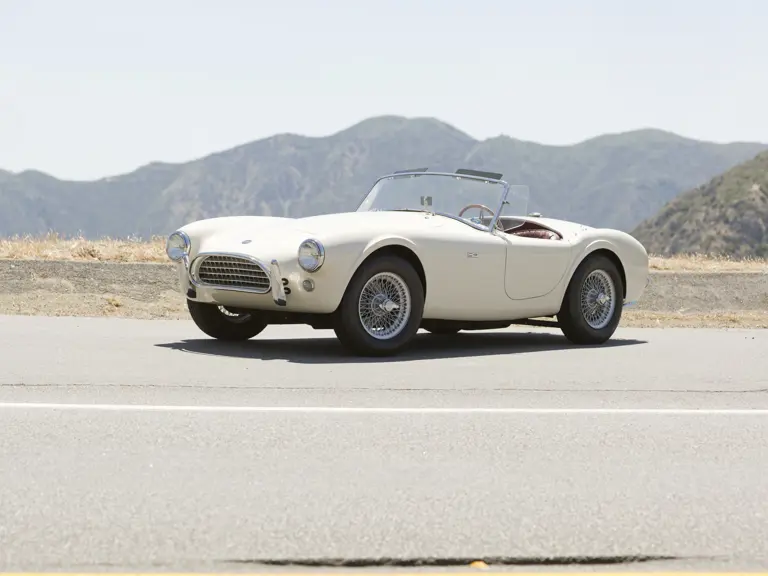
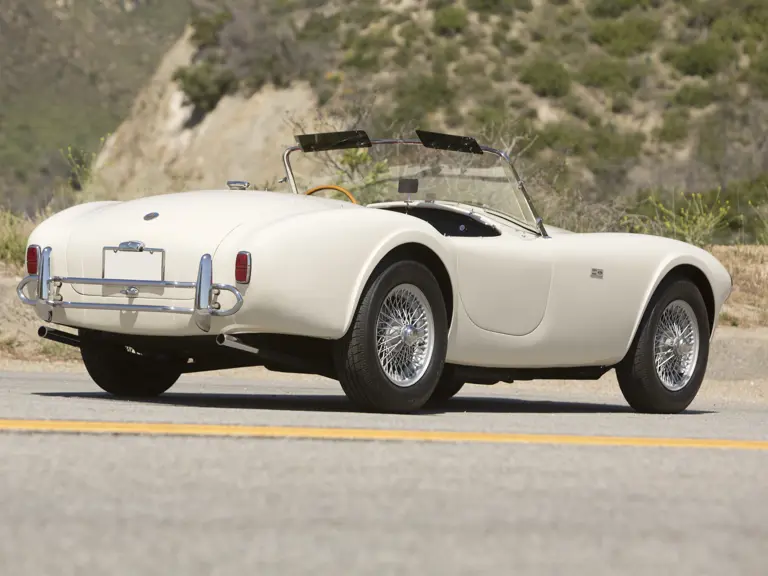
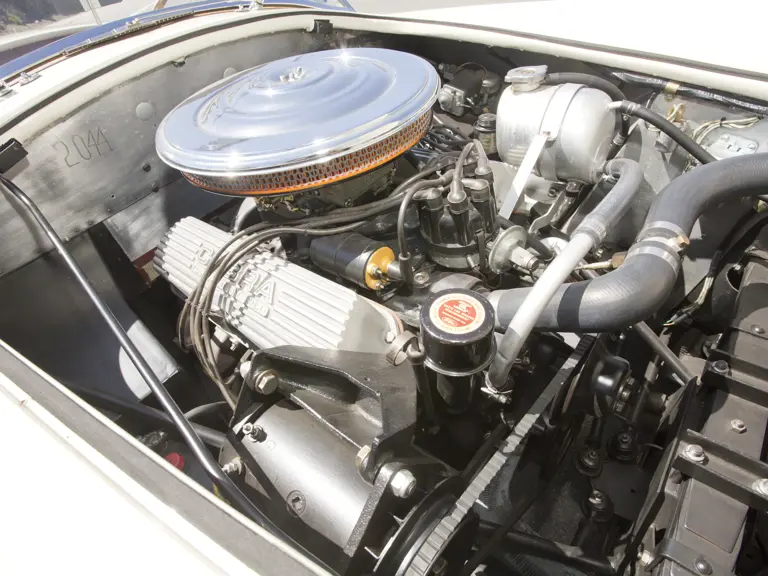
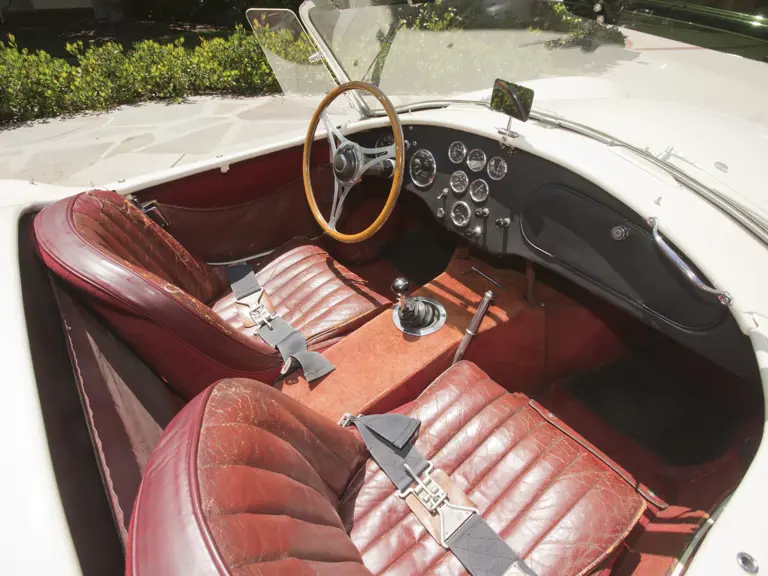
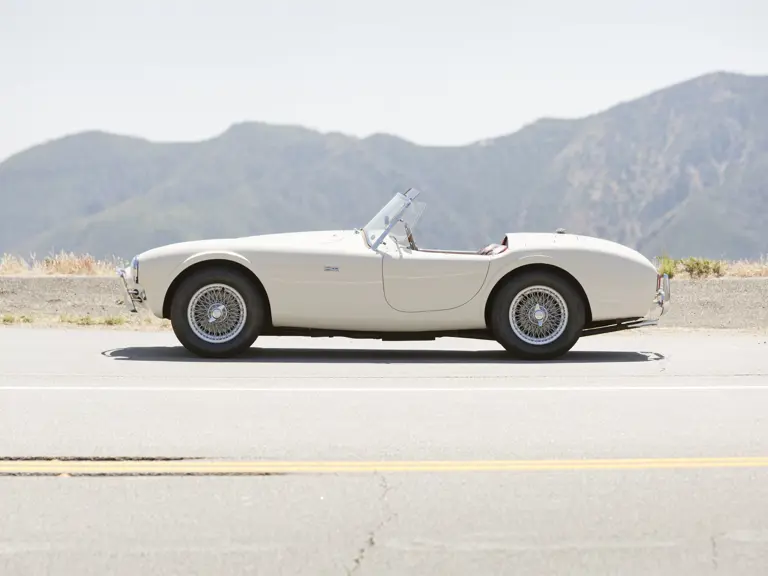
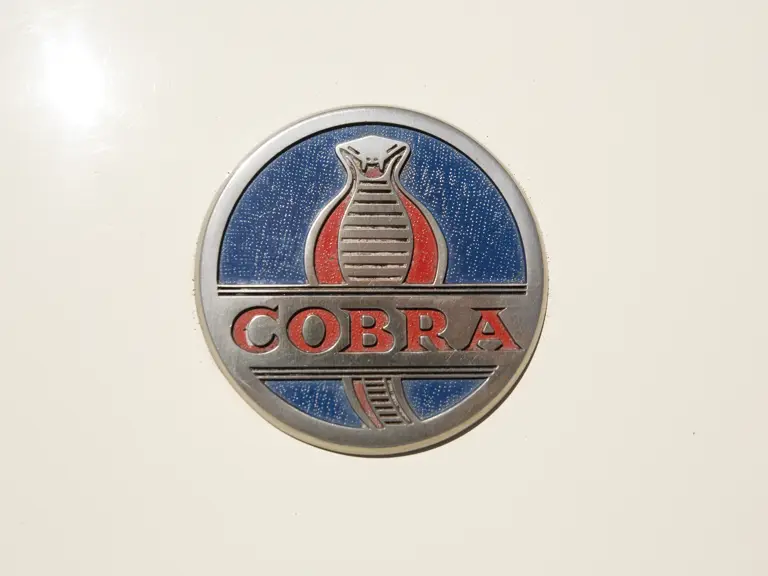

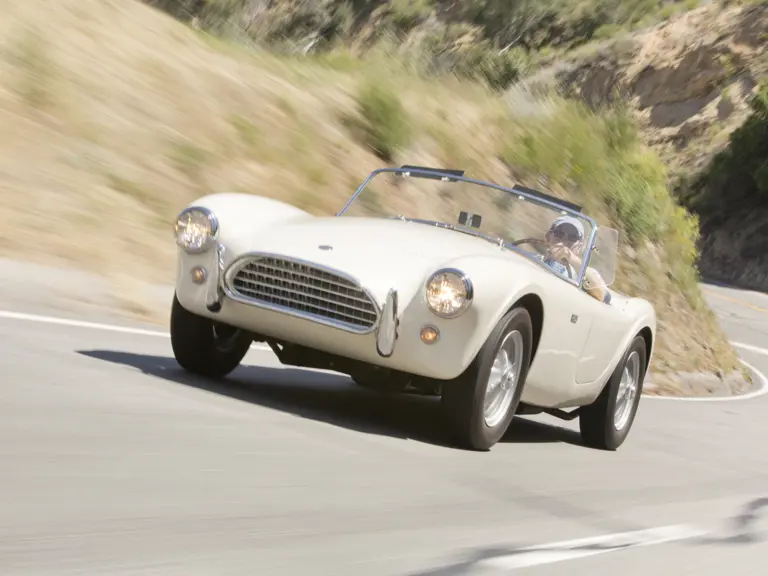
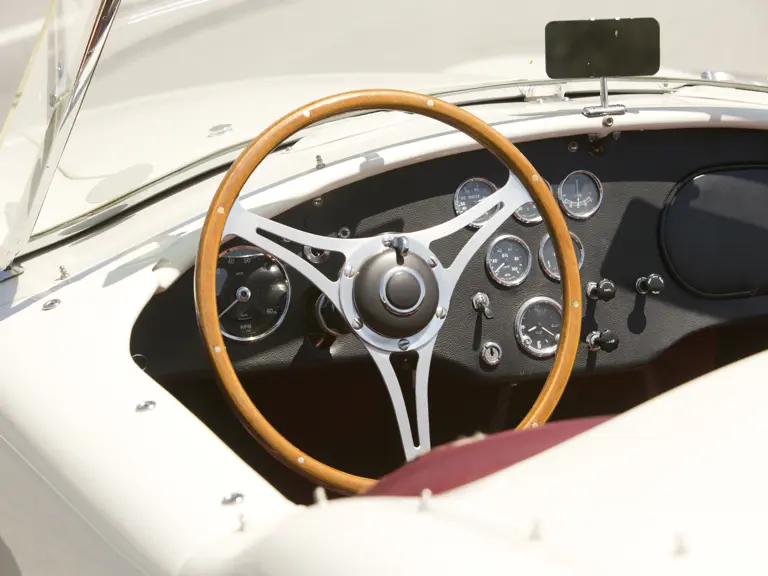
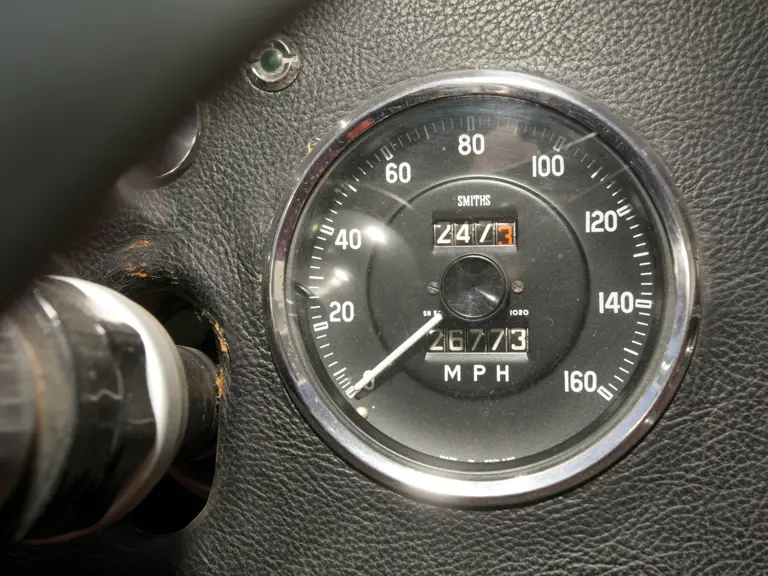


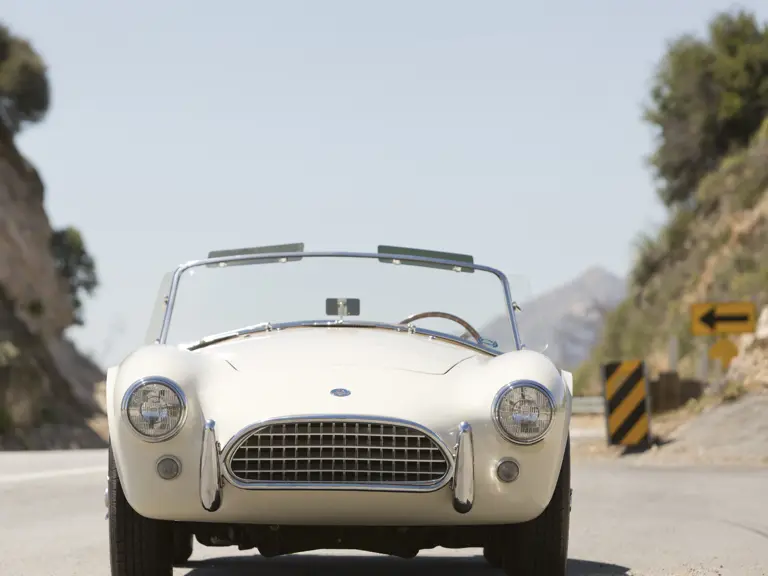
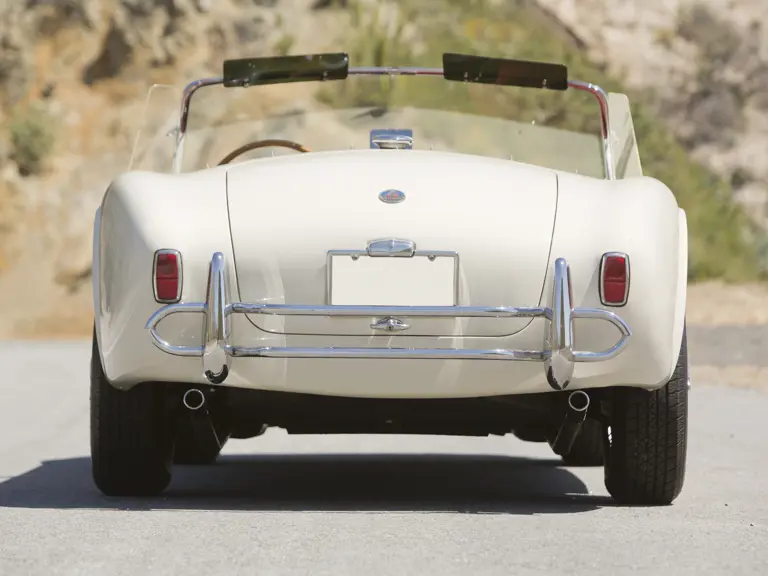

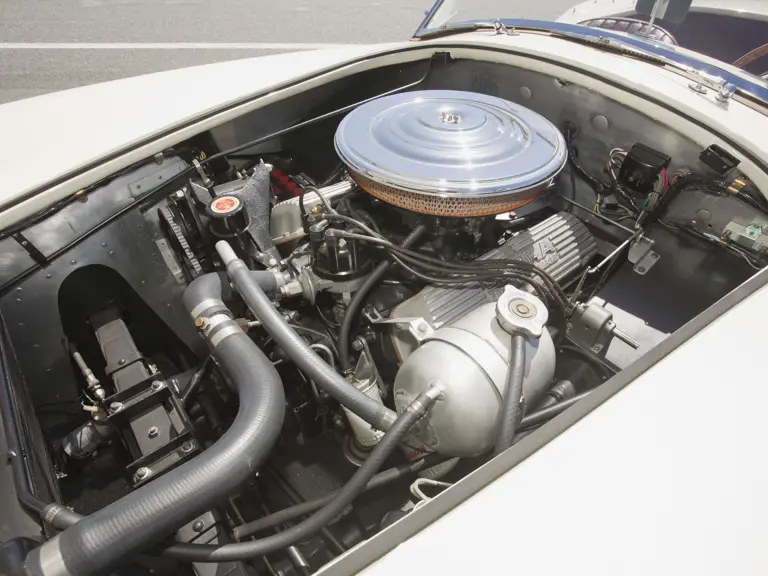
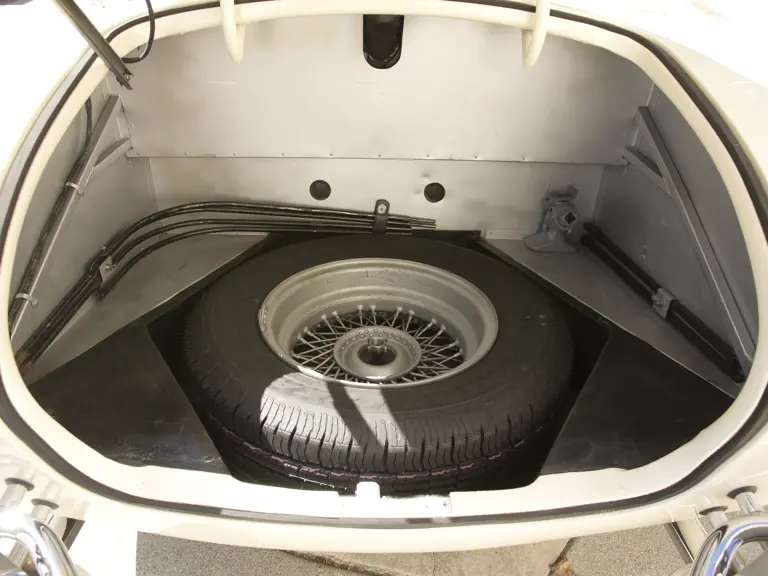

 | Monterey, California
| Monterey, California
